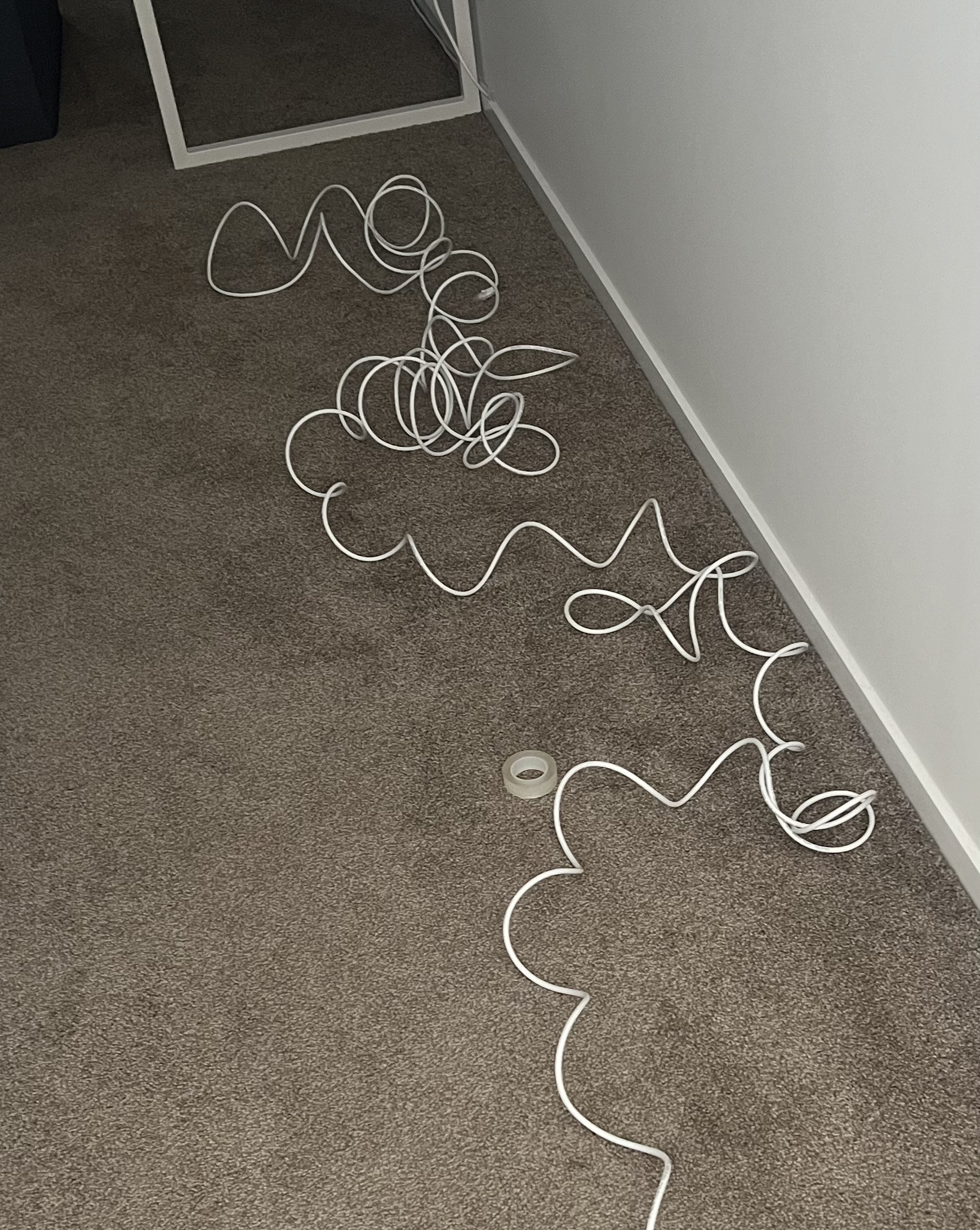You're uncoiling the cord wrong, and twisting it as a result.
Treat it as a spool. Roll the coil to pull wire off it, don't just pull it off the side. Either roll the coil between the two points, or put a hub/stick through the center and pull the wire straight out in the same plane as the coil, not from the side, letting the coil rotate as you do so.
Spooling is how it was packed, spooling is how it wants to be unpacked. Otherwise you will be twisting it, with the results you've seen.
(Digression into flipcoiling, which would allow pulling it straight out, deferred as tangential. Cable is never sold as flip-coiled; spooling is far cheaper and easier to automate, and isn't a problem if you unpack it properly.)
Addendum: Having made the mistake, you need to either stack it back into a coil and unroll it properly, or twist it umpteen times in the correct direction to flatten it out, working the counter-twist down the cable while trying not to get the part you have un-twisted twisted again in the opposite direction. Easier to demonstrate than describe.



